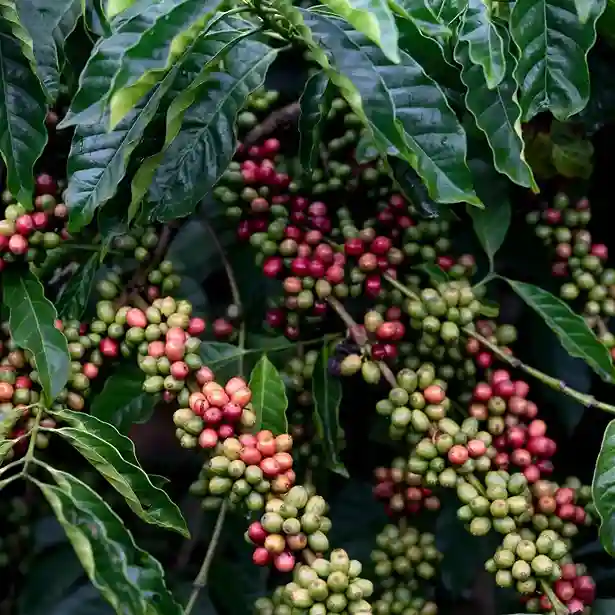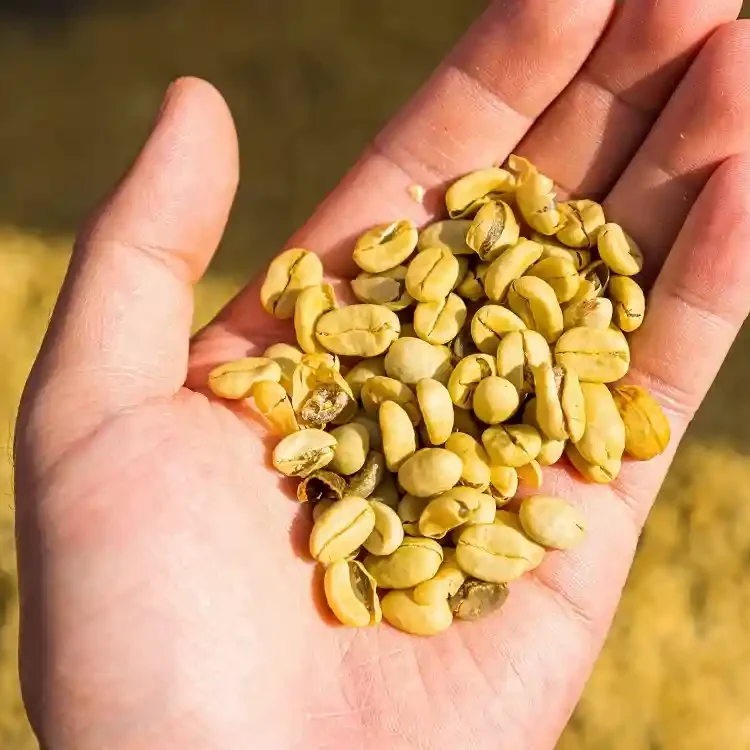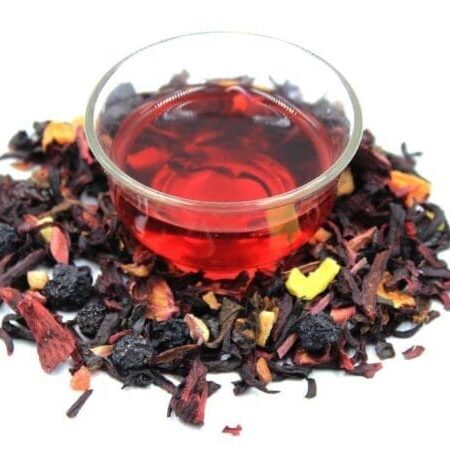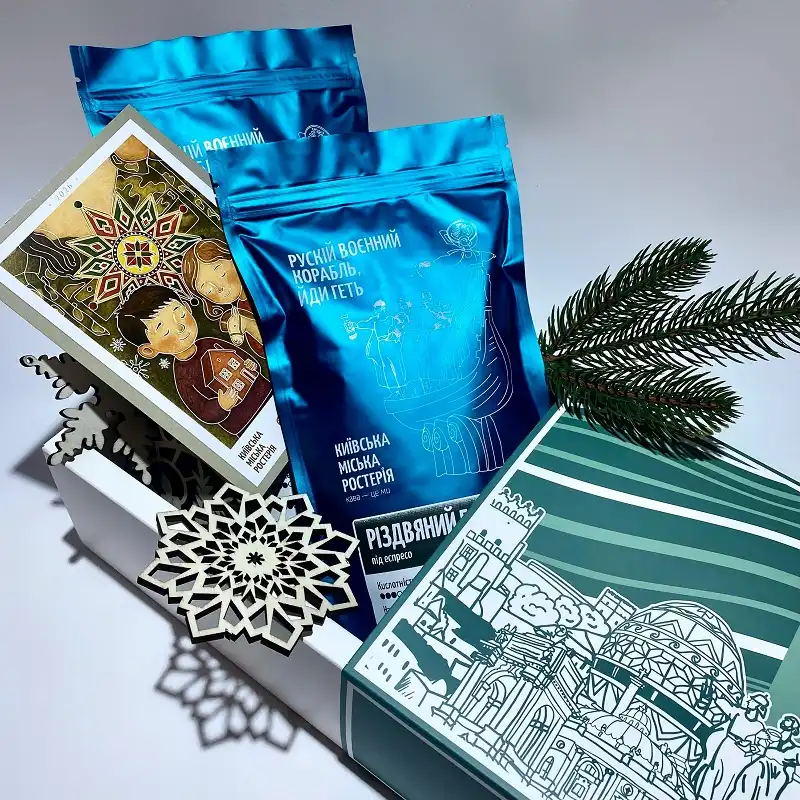Introduction to coffee classification
The world of coffee opens up endless horizons of flavor, aroma, and tradition. To truly appreciate its richness, it is important to understand how to properly classify different types of coffee. Such a systematization helps not only consumers to understand the large number of varieties, but also farmers and producers to maintain high quality products.
However, it should be noted that there is no single universal classification system for coffee varieties in the world. Different countries have their own approaches, depending on the climate, variety, processing method, and culture of consumption. Knowing the regional specifics of the grading systems is key to a deeper understanding of the coffee world.
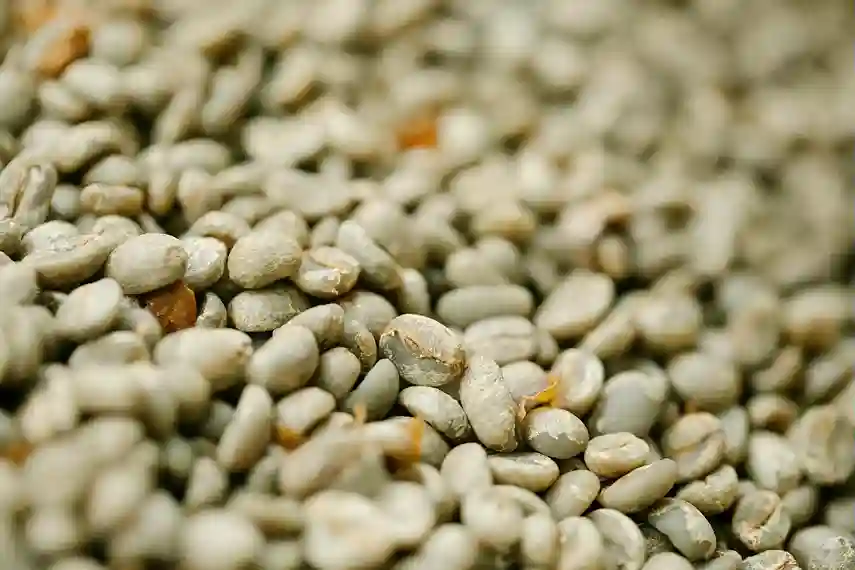
The main types of coffee trees and their characteristics
Arabica (Coffea arabica)
Arabica is the most popular type of coffee in the world, accounting for more than 60% of global production. Originally from Ethiopia, it is now grown in Latin America, Africa and Asia.
Softness, balance, fruity and floral notes, and moderate acidity are the main characteristics of Arabica. The best varieties are considered to be Ethiopia Ergacheff, Colombia Supremo, and Guatemala Antigua, which are characterized by a complex aroma and multifaceted taste.
Robusta (Coffea canephora)
Robusta is stronger, more bitter and full-bodied, and contains twice as much caffeine as Arabica. It is grown mainly in Vietnam, Brazil, Indonesia, and Uganda. Robusta is more resistant to heat, moisture, and disease, so it is cheaper to grow.
It is often used in espresso blends for richness and creaminess. Popular varieties: Vietnamese Robusta, Indonesian Robusta.
Rare types of coffee beans
There are other types besides arabica and robusta:
- Coffea liberica has large beans and a strong aroma with notes of smoke and wood. It is found in the Philippines, Malaysia and Indonesia.
- Excellence is a type of liberica with a bright acidity and fruity character.
- Stenophila is a type of coffee that has become almost commonplace despite its potential, high quality, and disease resistance.
Coffee bean size as a classification criterion
Dimensional gradation system
The coffee beans are sorted by size using sieves with different diameters. This parameter is indicated by the “screen size”, a numerical value that indicates the size in 1/64th of an inch. For example, Screen 18 means a diameter of 18/64 inches. The larger the size, the higher the grain is considered to be in terms of quality, although this is not always the case.
Does the size of the grain affect the quality of the drink?
It is a common myth that big is always better. In fact, the flavor depends more on the variety, processing, terroir, and roasting. For example, small pibers can have a deeper flavor than large Arabica beans.
The size is more important for standardization and even roasting than for flavor.
Regional classification systems for coffee bean size
Colombian grading system
In Colombia, beans are divided into Supremo (the largest) and Excelso (smaller). Both types are of high quality, but the larger ones are more often exported as a premium product.
American classification
The US and many other countries use the screen size system. The Specialty Coffee Association defines the standard. The beans must be uniform in size. The classification is from AA (the largest) to Peaberry (a separate type).
Kenyan typology
In Kenya, size and quality are closely linked. The categories AA, AB, C, E, TT, T correspond to the size and altitude of cultivation, where AA is the most valuable coffee, with a bright, complex flavor.
Other standards
Brazil uses the Santos system. In Ethiopia, they are traditionally sorted by region and altitude. In Asia, in particular Indonesia, the approaches are less formalized, but also focused on size and shape.
Geographical classification of coffee varieties
Africa
The first arabica varieties with bright, unique flavors were developed in Africa. Ethiopia is considered to be the birthplace of coffee, where such famous varieties as Yergacheff, Sidamo and Harar with bright floral, citrus and fruity notes are grown. A find for lovers of exotic flavors. Kenya is known for its highland plantations. The fruits grow with bright acidity, rich body and a perfect balance of flavors. In addition, countries such as Rwanda, Tanzania and Uganda have recently become increasingly popular due to high-quality Arabica varieties and even rare pibber beans, which add uniqueness to the African market.
Central America
Central America is famous for its highland plantations and a variety of terroirs that give coffee its special flavors. Guatemala is known for its coffee with a well-balanced, rich chocolate and spice profile, which is popular in the Specialty world. Costa Rica is a country where coffee beans are grown in different climatic zones, resulting in rich and complex flavors. It produces coffee with hints of citrus and tropical fruits. Honduras, El Salvador, and Nicaragua also have consistently high quality standards for arabica beans, making their coffee popular both domestically and internationally. Central American coffees are often noted for their purity of flavor and balanced acidity, making them versatile for a variety of brewing methods.
South America
South America is the largest supplier of coffee in the world, thanks in particular to countries such as Brazil and Colombia. Brazilian coffee is characterized by a nutty and chocolate profile and is often used as a base for blends due to its mildness and harmony. Colombia is famous for its Supremo and Excelso varieties, well-known classics with moderate acidity and balanced flavor. Other countries, such as Peru and Ecuador, specialize in organic coffee with a mild but rich flavor profile, which is gaining popularity among consumers who value the product’s sustainability and naturalness.
Asia and Oceania
Asian regions use special processing methods and offer coffee with unique flavor characteristics. Indonesia is known for wet processing of beans, particularly on the islands of Sumatra, Java and Bali, where coffee has a rich, earthy and spicy profile. Vietnam is a leader in the production of Robusta, which is characterized by a more bitter and robust flavor. India is famous for its monsoon coffee, which has a unique flavor due to specific climatic conditions. Jamaica’s premium Blue Mountain and Hawaii’s Kona are synonymous with high quality and rarity, making them particularly valuable on the global market. Australia, although not a traditional producer, is actively developing experimental farms with high-quality Arabica, which is gradually gaining the attention of coffee gourmets.
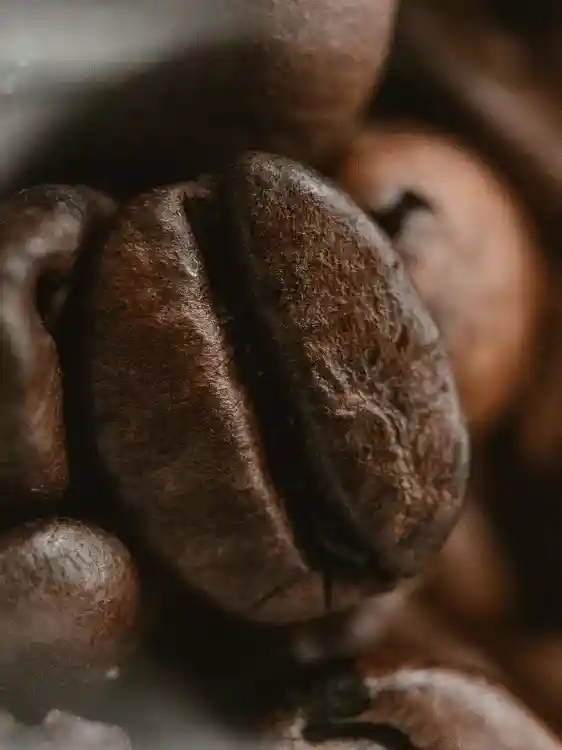
Classification by height of cultivation
Coffee trees are grown at different altitudes. Altitude directly affects the quality of coffee and its flavor characteristics.
Strictly High Grown (SHG) coffee beans are those that ripen at an altitude of more than 1500 meters above sea level. In such conditions, the fruit develops more slowly, becomes denser, richer in flavor and has a complex flavor profile with bright acidity.
High Grown (HG) – coffee trees grow at an altitude of 1000 to 1500 meters above sea level, producing fruits with a balanced flavor that combines pleasant acidity with moderate sweetness.
Low Grown (LG) coffee beans are those that grow below 1000 meters above sea level and are characterized by lower density, a less distinct profile and low acidity.
The height of the coffee trees directly affects the density, which in turn determines the optimal roasting degree and flavor balance of the drink.
Technological classification
Processing methods
- Washed is a clean, transparent taste with a bright fruity or berry acidity.
- Natural (dry) – a pronounced sweet, fruity, sometimes wine-like character.
- Semi-washed (honey) – a balanced flavor with notes of honey, caramel or dried fruit.
Grain hardness
- Strictly Hard Bean (SHB) is a highland dense coffee.
- Hard Bean (HB) is less dense.
- Soft Bean – soft grains characteristic of lowlands.
Sorting and post-harvest classification
Mechanical sorting
Mechanical sorting of coffee beans involves the use of specialized sieves, vacuum machines, and optical scanners to help carefully separate defective beans: broken, black, and fermented. This process ensures the high quality of the final product and uniformity of roasting.
Classes by quality
The quality classification divides coffee into several categories:
Specialty Grade – beans of the highest quality with less than 5 defects per 300 grams and high sensory scores based on tasting results;
Commercial Grade – fruits with more defects, but suitable for consumption;
Exchange Grade is a product for the mass market, and significant defects are allowed.
This sorting system ensures that customers receive a product that meets their expectations.
Labeling and standards
International certifications play a key role in determining quality and transparency in the coffee market.
The Specialty Coffee Association (SCA) uses a 100-point scale to evaluate a cup, which allows for an objective determination of the flavor and quality of coffee.
Organic, Fair Trade, and Rainforest Alliance certificates emphasize the social and environmental responsibility of producers, guaranteeing sustainable development and ethical business practices.
The Cup of Excellence competition is a prestigious event that selects the best coffee samples from around the world, helping to popularize high-quality varieties.
National labeling systems are also important: countries like Colombia have Denomination of Origin, which protects the origin of coffee and guarantees its authenticity and high quality.
Such systems help preserve the reputation of regions and promote the development of local production.
Degrees of roasting
Light Roast is characterized by bright acidity and light body, which allows you to preserve the original flavor and aroma characteristics of the coffee bean. This type of roasting is ideal for those who like fruity and floral notes.
Medium Roast is characterized by a balance of acidity and sweetness, which makes it versatile for various cooking methods. It reveals the natural flavor and adds caramel tones.
Dark Roast gives the drink a distinct bitterness, deep caramel and chocolate flavors, but at the same time mutes the flavor properties acquired by the bean due to a certain terroir. This type of coffee is suitable for connoisseurs of strong and rich coffee with an intense body.
Classification by grinding
The grind of coffee plays a significant role in determining the taste and aroma of the beverage, as it affects the speed of extraction, depth and complexity of the flavor. Coarse grinds are used primarily for French presses, where large beans ensure slow extraction and a mild and rich flavor. Medium grinds are ideal for muffins and drip methods. It allows you to reveal the pure, balanced taste of coffee without excessive bitterness or excessive acidity
Fine grinding is used for espresso. It provides fast extraction under pressure, creating a rich drink with a dense body and silky cream.
Ultra-fine grinding is used to make Turkish coffee. The powdery texture allows you to maximize the flavors during brewing.

Practical tips for choosing coffee
Always read the labels on the packaging carefully. Pay attention to the variety, country of origin, bean processing method, and degree of roasting. It is especially important to look at the roasting date, not just the expiration date, because freshness determines the quality of the drink. Coffee is best stored in an airtight container that protects it from air, and kept away from direct sunlight and moisture. It is best to store coffee in a cool, dark place, avoiding sudden changes in temperature. This will help preserve the aroma and flavor of the drink for longer.
Conclusions.
Coffee classification is a multidimensional and complex system that covers not only origin, size, processing method and roast degree, but also quality, bean hardness, grade and even sorting methods. Size is important, but not the only criterion for evaluation. Regional characteristics, climatic conditions, cultivation and processing technologies also play a role.
The world of coffee is constantly evolving, and classification standards are becoming more precise and comprehensive. A deep understanding of these systems allows you not only to consciously choose the best coffee, but also to enjoy every cup, revealing the richness of flavor and aroma notes, and opens up new horizons for true connoisseurs.
Frequently asked questions
Arabica, about 60-70% of the world’s production.
No. Other factors are important, such as terroir, processing, and freshness.
It affects the uniformity of frying, but does not guarantee the quality.
Colombian, Kenyan, Ethiopian. They are well structured and proven over the years.
